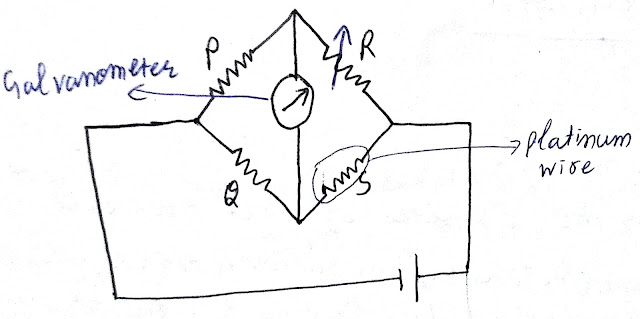Lecture - 7 ( temperature and thermometer )

Temperature Temperature is a parameter which represents average random energy per unit molecule. As random energy per unit molecules decreases then it means that temperature will get reduce and vice-versa. For more details on temperature or difference between temperature and heat check out Lecture - 6 . Conversion of celsius to fahrenheit scale There there is no Rocket Science behind it you just need to remember a simple formula for this conversion and that is- T c / 100 = (T f - 32) / 180 'T c ' represents temperature in degree Celsius scale 'T f 'represents temperature in fahrenheit scale Celsius and Fahrenheit scale are based upon 2 reference points which are boiling and freezing. In Celsius scale 0 denotes the freezing point of water and 100 denotes the boiling point of water. Whereas in fahrenheit scale reading of 32 denotes freezing point of water and reading of 212 denotes boiling point of water. Conversion of celsius to kelvin scale F...


